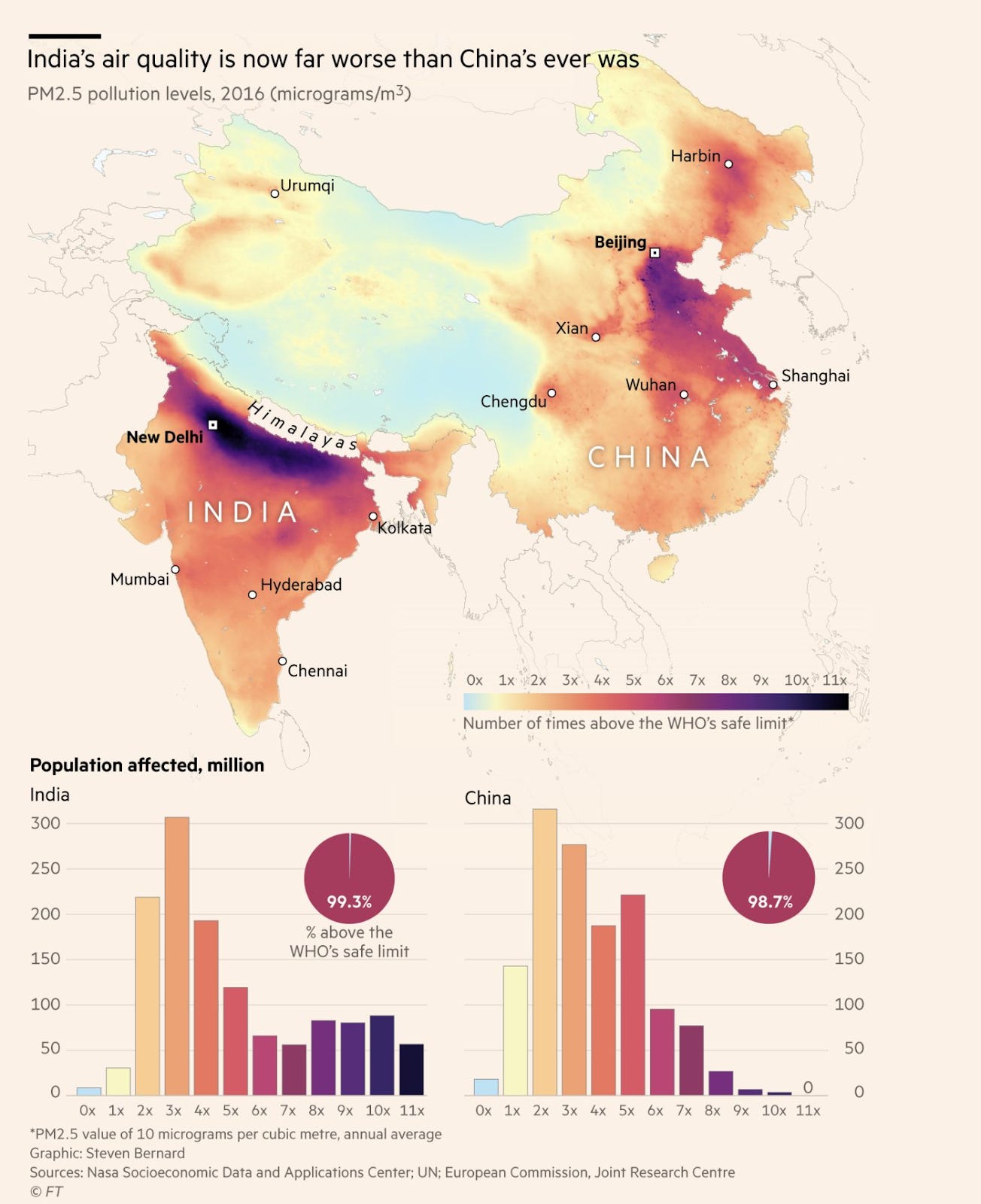Why is this interesting? - The DTC Edition
On brands, direct-to-consumer practices, and the shifting world of marketing
Ana Andjelic (AA) is a strategy executive, Doctor of Sociology, and a member of Forbes CMO Next. She’s an old friend of WITI and was one of our first contributors with a very excellent Eurovision Edition. She originally published this piece over at Medium and we liked it so much we asked her if we could run it here. - Noah (PS - One more day to suggest articles to include in our Thanksgiving Edition. We’ve got some great ones so far. Submit here.) (NRB)
Ana here. There’s a lot of talk about the future of direct-to-consumer (DTC) brands. Conversations revolve around overblown valuations, lack of profits, hiking customer acquisition costs, and no exits in sight. While noteworthy, these conversations are missing a point.
DTC is everywhere.
Across the board, industries are rapidly adopting the DTC model of running their business, setting up their supply chains, operations, distribution, and marketing. Nike is the most recent example: their direct-to-consumer business currently at 30%. The company is looking to increase it, hiring a data-savvy new CEO and pulling their products from Amazon.
Why is this interesting?
Traditional companies are subsuming direct-to-consumer practices, and luckily, they have a playbook to work off. While there are endless tactics you could point to as potentially effective for more traditional brands that are moving in this direction, it seems to me there are three strategic lessons brands that historically sell through retail can take away to help in their transition to a more DTC approach.
Less, but better. A number of DTC brands launched with only a handful of product SKUs, and turned it into a competitive advantage. Mattress brand Casper currently offers three types of mattresses, which is in stark contrast with traditional mattress brands that confuse their customers with limitless choice and no clear benefits of any. Instead, Casper grows by “owning sleep,” and offering adjacent product categories, like CBD, lamps, bed frames, and bedding.
Obsession with data and customer segmentation. Direct-to-consumer model can only work if companies know who their customers are. Granular customer segmentation allows precision targeting, leads to better retention, and higher-value customer acquisition. Best approach here is to go beyond demographics and psychographics, and build taste profiles, like Netflix and TikTok do. Then, we will know which products appeal to the biggest number of customers, what product combinations drive the greatest retention, and which product entry points work best in terms of cross-selling and customer lifetime value.
Strategic use of physical retail. In the past seven years, physical presence of online-first brands rose 1000 percent in the top 300 malls in America. As of October, there were 19 traditional retail bankruptcies in 2019. The challenge is not that physical retail is “dying,” but that the brands that are using it non-strategically are. Strategic use means moving away from thinking about it as a sales and distribution channel, and defining its role in relation to a company’s business and brand goals, and in terms of “jobs to be done” in regards to its audience.
A clear aesthetic POV. A combination of Instagram aesthetic and the fact that a lot of DTCs work with the same branding agencies gave rise to a very distinct DTC aesthetic. Although we are well past the saturation point of millennial pink and avocado green, DTC brands that stand out are those like Tracksmith and Aesop, which rooted their brand aesthetic into their brand purpose.
Innovative marketing. There’s PR, and then there is smart marketing. The former works around Instagrammable destinations, and the latter around understanding how to recognize and nurture a community. Patagonia successfully did this even before “DTC” was a term; today, it’s Rihanna that leads the way.
Even if DTC brands enter a new stage of scrutiny, direct-to-consumer practices are here to stay. In the modern brand landscape, they are quickly becoming the best competitive advantage a company can have. (AA)
Map of the Day:
Air quality in India. (NRB)

Quick Links:
Thanks for reading,
Noah (NRB) & Colin (CJN) & Ana (AA)
PS - Noah here. I’ve started a new company and we are looking for a sr. backend engineer to join the team. If you are one of those or know anyone who is great, please share. Dinner’s on me at a restaurant of your choice if you help us find someone.
Why is this interesting? is a daily email from Noah Brier & Colin Nagy (and friends!) about interesting things. If you’ve enjoyed this edition, please consider forwarding it to a friend. If you’re reading it for the first time, consider subscribing (it’s free!).


